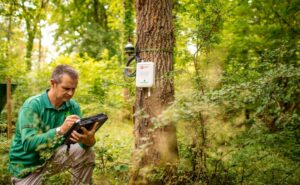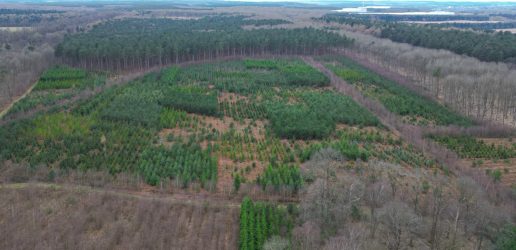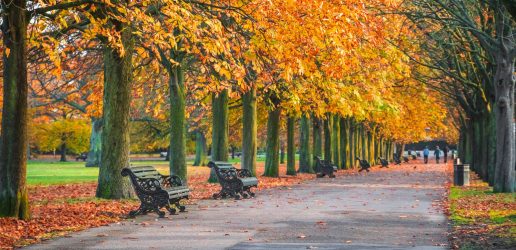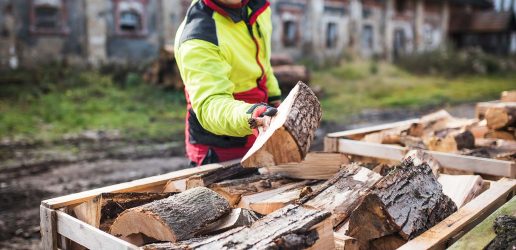In a new collaboration, Forest Research, Defra and Vodafone, are piloting the use of some of the latest web-based technologies to assess their capability to monitor tree growth and contribute to research on climate change.
Narrow band ‘Internet of Things (NB-IoT) technology provide an opportunity to develop a new generation of environmental sensors, which would enable more frequent gathering of data than is currently available, and stream it remotely to users.

Image courtesy of Vodafone UK.
As part of the three-month project to test the use of NB-IoT for environmental monitoring, Vodafone have provided purpose-built tree sensors to be fitted at Forestry England’s Alice Holt Forest in Hampshire and Harwood Forest in Northumberland.
The sensors will capture data measuring temperature, humidity, soil moisture, growth and sway of trees. Forest Research scientists will have access to the monitoring data that is collected via an internet-based dashboard.
Forest Research is interested to see if it is possible to use the technology to gather accurate data of tree growth in a cost-efficient way whilst also enhancing the range of data gathered, the speed at which it can be accessed and to potentially increase the number of monitoring locations. The project will also help to gather more data which is critical to targeting efforts to measure the contribution of individual trees to climate change.
Ultimately, the technologies have the potential to offer ‘off-the-shelf’ communication and sensor technologies which are easily transferred to other areas of environmental monitoring and data collection.
Images courtesy of Vodafone UK.
Recent News
View All news
Seventeen coniferous tree species show early promise for future commercial timber production in the UK
Researchers have set up a network of nine large scale experiments across the UK to test the suitability of 17 tree species as potential alternatives for future commercial timber production.
Forest Research are looking for people involved in the harvesting, processing, transport, import, or trade of firewood in Scotland to complete an important survey.

New guide to help local authorities conduct a people survey on the social value of their treescapes
A new step-by-step guide to help local authorities, charities and civic societies carry out a people survey to understand social and cultural values related to trees in their area, is now available.

Seventeen coniferous tree species show early promise for future commercial timber production in the UK
Researchers have set up a network of nine large scale experiments across the UK to test the suitability of 17 tree species as potential alternatives for future commercial timber production.
Forest Research are looking for people involved in the harvesting, processing, transport, import, or trade of firewood in Scotland to complete an important survey.

New guide to help local authorities conduct a people survey on the social value of their treescapes
A new step-by-step guide to help local authorities, charities and civic societies carry out a people survey to understand social and cultural values related to trees in their area, is now available.

